Language
WORLDWIDE SHIPPING
Global Boxed Limited Edition: Case complete with 5 Global Ni knives + Magnetic bar + 4 Accessories
€879.00
€720.49
Availability:
In stock
Global Boxed Limited Edition is the ideal solution for a chef or a home cook who wants to have their knives and basic kitchen accessories that can be transferred from the magnetic bar to the briefcase to transport them from home to work or from home to the event or to the second home. by the sea, in the mountains or by the lake.
You can place the magnetic bar in your professional kitchen or in your home kitchen, the 5 knives selected in the Global NI range with the 4 accessories can be inserted in the convenient Global roller shutter.
NI knives have everything you expect from the Global range; razor sharp edges, Chromova18 stainless steel and famous hollow handles perfectly balanced and well balanced, as is characteristic of the Global knives.
What sets Global Ni apart are the improvements made to the original series:
- Thicker blades
- Slightly longer handles
- Slightly rounded spine to offer control and comfort with a grip.
For the Global Ni knives the oriental style remains the blades are sharpened at an angle of 15 degrees, to provide an extremely sharp edge.
In the Global Boxed Limited Edition you will find:
n. 1 Paring knife straight blade cm. 9
n. 1 Utility knife blade cm. 11
n. 1 Vegetable knife blade cm. 16
n. 1 Chef knife blade cm. 20
n. 1 Bread knife blade cm. 23
n. 1 Global kitchen scissors total length cm. 21
n. 1 Global professional potato peeler
n. 1 Cook tongs length cm. 20
n. 1 Multifunctional kitchen tongs length cm. 18
n. 1 Magnetic bar length cm. 31
n. 1 Global case for 9 positions Dimensions open width 45 cm and length cm. 50
Closed dimensions width cm. 16 and length cm. 50
Limited edition!
FAQs

 IT
IT FR
FR
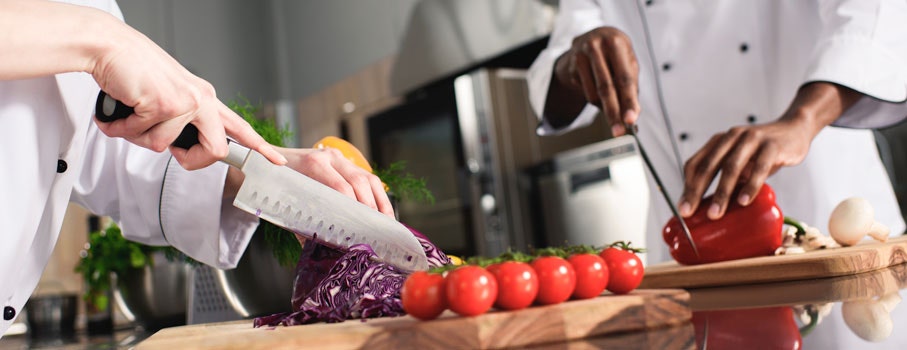
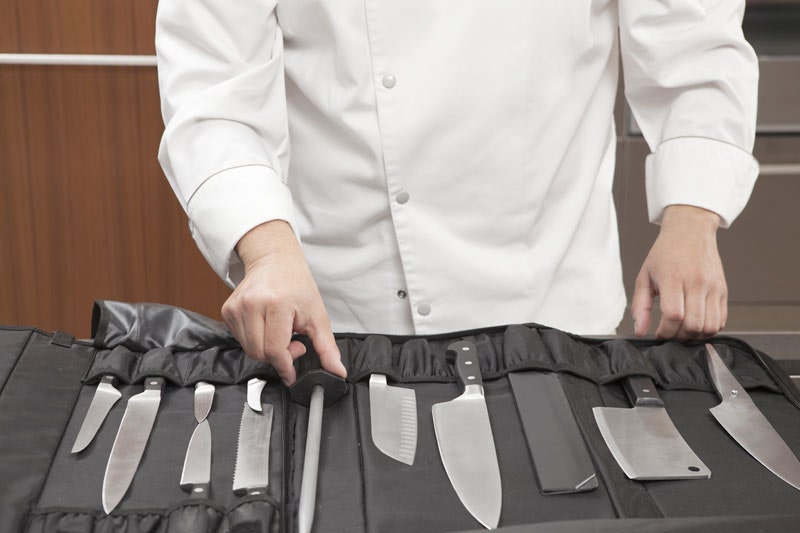
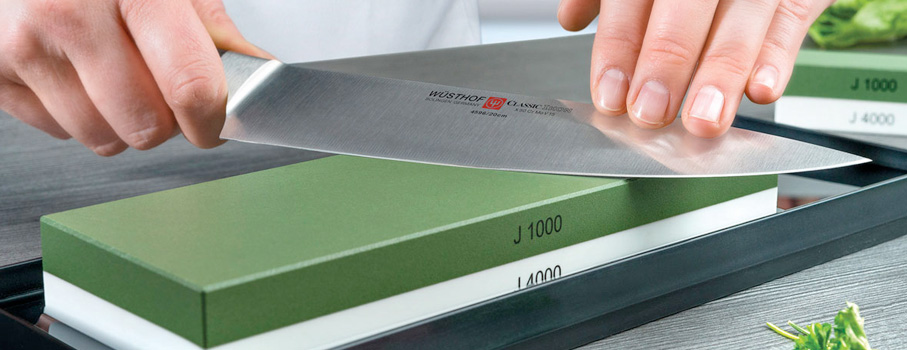
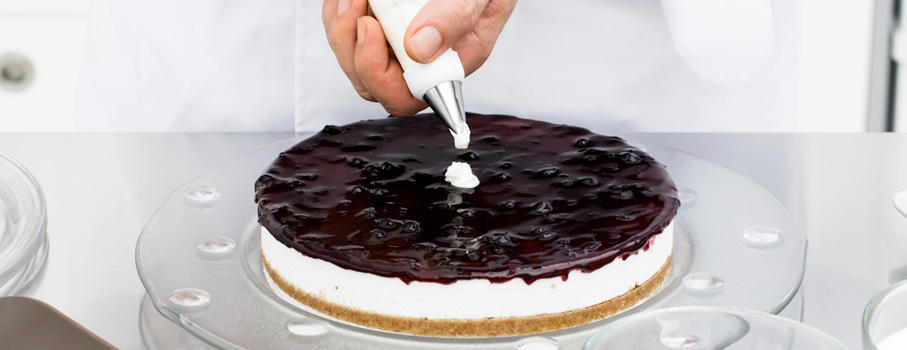

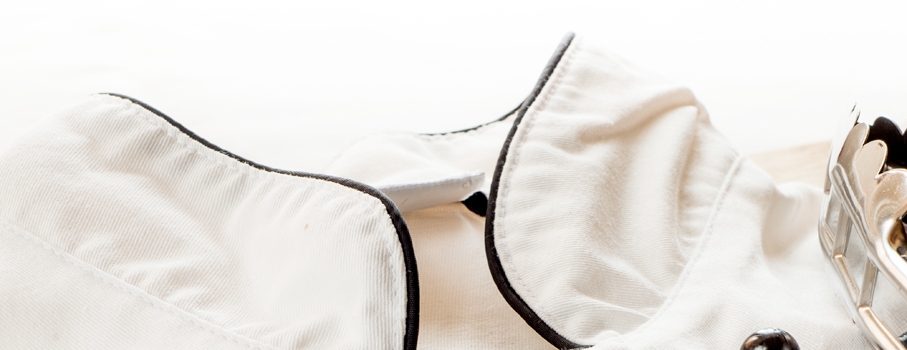
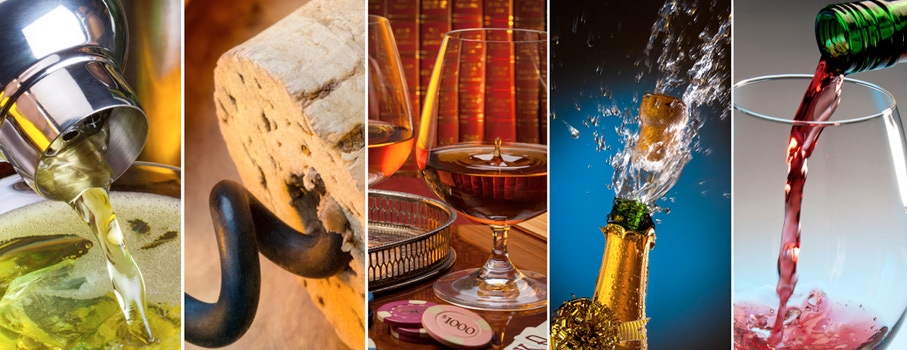
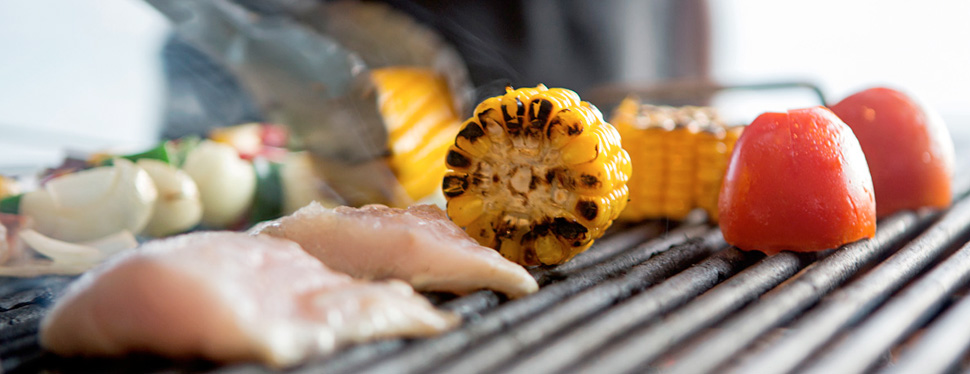

 IT
IT FR
FR
